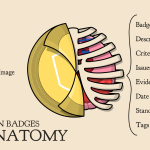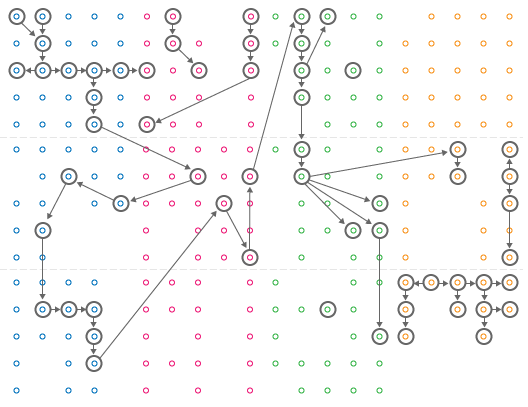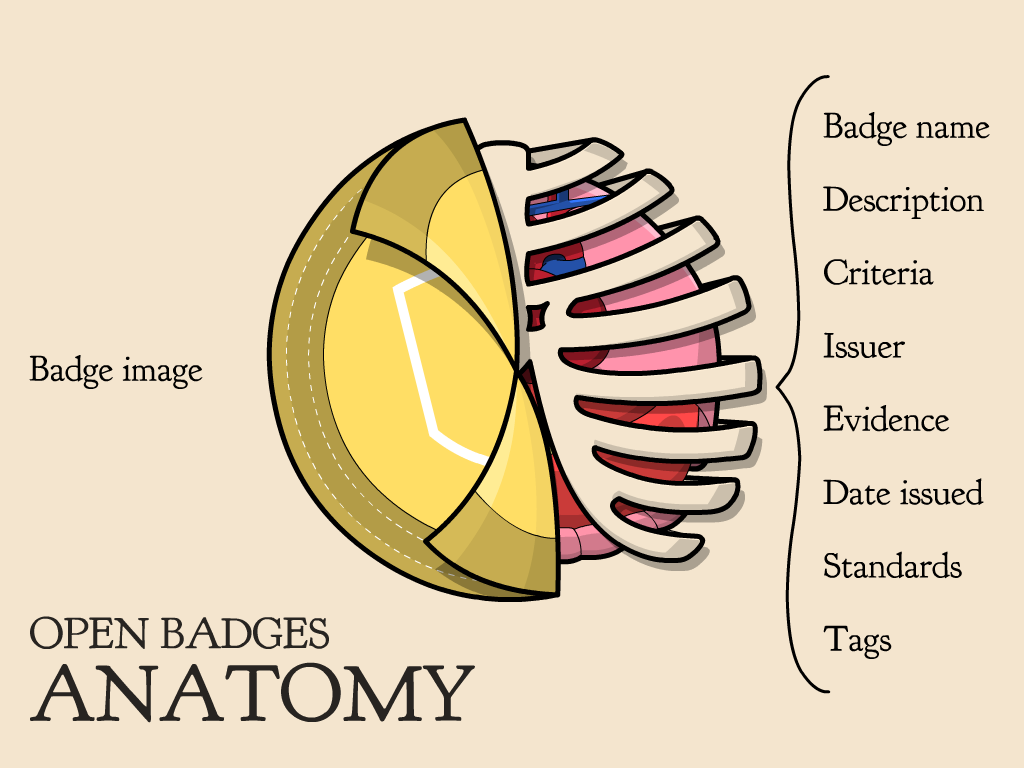When the University of Washington moved to a skill-based promotion system (from seniority-based), they looked int piloting a bagdes program to encourage skill development for student employees. Student employees make a a 50+ person team that manage IT labs, and assist in technology related help services. State introduced legislature in 2009 meant a freeze on wage increases, and the only options for these student staff were moving to jobs with increased pay and responsibilities. This meant those starting in freshman year may never have seen a pay rise over the course of their employment.
UW implemented a tier-based system upon where each level indicated an increased degree of skill and responsibility. Promotion up the chain required justification and documentation of skills. As a result they identified that there was inconsistency around how a student achieved the skills needed for the promotion. Thus UW investigated digital badges as a solution to show that a group of skills could represent expertise within the team.
Wallis and Martinez acknowledge that informal learning is not recognized, and degrees and certificates do not represent a complete picture of a learners skills and abilities. They identify the Mozilla Open Badge Infrastructure as a potential framework solution. UW-IT “started to investigate badges primarily as a way of measuring and documenting their [student staff] skills, and encouraging them to continue to improve their skills”.
Wallis and Martinez then launch into a discussion about the options for a badge system, in particular the division between Open source and commercials solutions. Open examples such as Badg.us and BadgeOS, and commercial solutions such as Credly. In reviewing Seton Hall’s code for a badge system they UW identified the priorities for integration, adn flaw in using an open source method. Seton Hall’s (pre-GitHub Release version) had inelegant coding implementations (such as individual modules for authentication), while badg.us did not accommodate functions such as meta-badges.
Wallis and Martinez conclude that more exploration of options is required. Noting that there was further interest in pilot participation from other units on campus and that students enjoyed the Code Academy model. The authors also note their concerns about ad-hoc badge issuing for informal learning, leaderboards and student inflexibility, and note that “we want to be cautious that badges do not become a completely extrinsic motivator”. Intrinsically motivated students will seek learning, badge system or not. They also note the key points of Ryan and Deci’s Self-determination theory, Autonomy, competence and relatedness. Then mentions the historical perspectives of badges as either representation of expertise/experience or power/authority (Alexander Halavais, 2012, “A genealogy of Badges: Inherited meaning and monstrous moral hybrids”).
References
Wallis, P., & Martinez, M. S. (2013, November). Motivating skill-based promotion with badges. In Proceedings of the 2013 ACM annual conference on Special interest group on university and college computing services (pp. 175-180). ACM.



